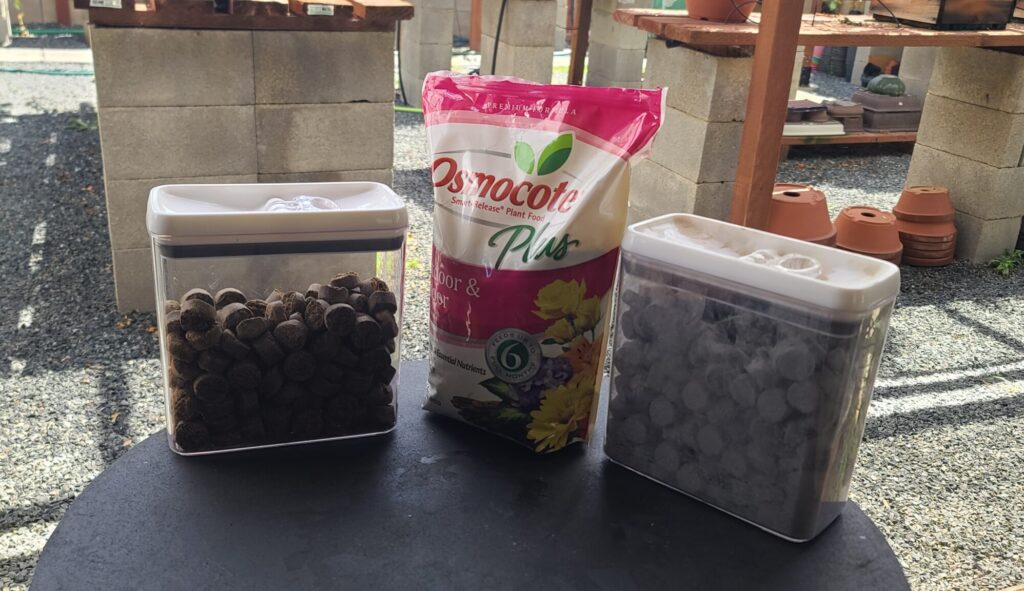Hello, fellow bonsai enthusiasts! Welcome to our comprehensive guide on caring for Trident Maples throughout the seasons. We’ll explore essential techniques and tips to ensure your bonsai thrives year-round. Our journey begins with an introduction to the Trident Maple, its preferences, and then we’ll delve into season-specific care. So, sit back, relax, and enjoy this detailed guide.
Trident Maple Bonsai Care Guide and Seasonal Maintenance
Table of contents:
*click above to jump to the topic
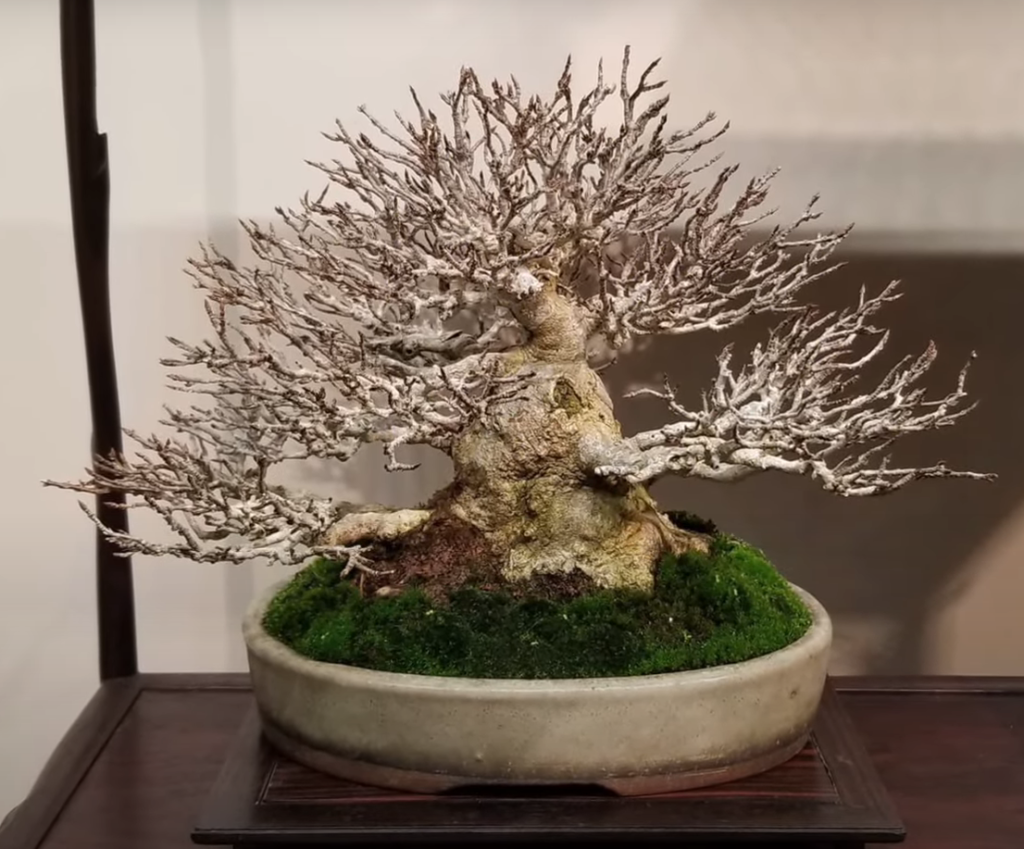
Introduction
Before we dive into the nitty-gritty, let’s get acquainted with our star, the Trident Maple, scientifically known as Acer Buergerianum. This remarkable tree is native to China, Taiwan, and Japan and typically grows as a small to medium-sized tree. One of its distinguishing features is its glossy green leaves with three lobes. You can tell the leaves are mature when the lobes point forward with smooth margins. In contrast, young trees have spreading lobes with serrated edges.
Now, here’s the exciting part: Depending on the Trident Maple’s genetics, you might have the privilege of owning one with small leaves – a true bonsai gem. But don’t worry if you have one with larger leaves; it just means you’ll have to work a bit harder to create those intricate branch structures.
Trident Maples are beloved in the bonsai world for their vigor and resilience. They can endure aggressive root pruning, making them an excellent choice for beginners. Their roots are equally tenacious, readily gripping onto rocks and stone compositions, resulting in those captivating root-over-rock Trident bonsai.
However, Trident Maples are picky about their water. If you observe black specks on the tips of the leaves, it’s likely due to poor water quality. When I first started, I couldn’t figure out why my Tridents were struggling, but once I switched to using reverse osmosis (RO) water, all those issues disappeared.
In terms of sunlight, Tridents can handle more sun exposure than Japanese Maples but still require some shade during scorching summers. My recommendation is to provide morning sun and afternoon shade for optimal growth.
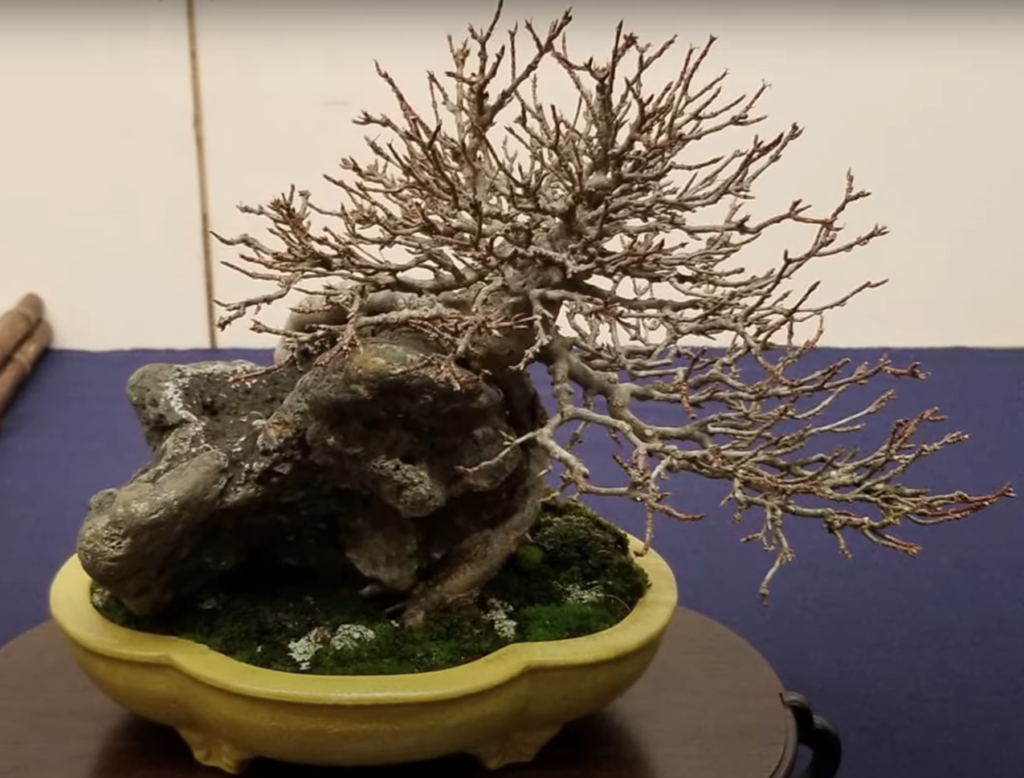
Spring
Fertilizing: If you’ve been following my blog, you’re well aware of the fertilization routine for most deciduous trees. In general, if you’re aiming to thicken the trunk, go ahead and fertilize from spring to fall. However, if your Trident Maple is already developing branches and in the refinement stage, it’s best to hold off on fertilizer in the spring.
Repotting: Keep a close eye on those swelling buds; that’s your cue for a good time to repot. In my experience, you can even repot Tridents as early as January or February without encountering issues. However, older Tridents require more cautious handling during repotting. If you acquired your tree from a bonsai nursery, consider bare-rooting it, removing roots that grow downward while preserving lateral ones. For young trees, you can trim up to 50% of their roots, and for mature trees, up to 60% is acceptable.
Soil Mixture: Your choice of soil mix depends on your tree’s stage of development. For young trees, I recommend a 2:1:1 mix of Akadama, Pumice, and Lava Rock. As your tree progresses into refinement, you can transition to 100% Akadama. Keep in mind that soil mix preferences may vary depending on your local climate and watering habits.
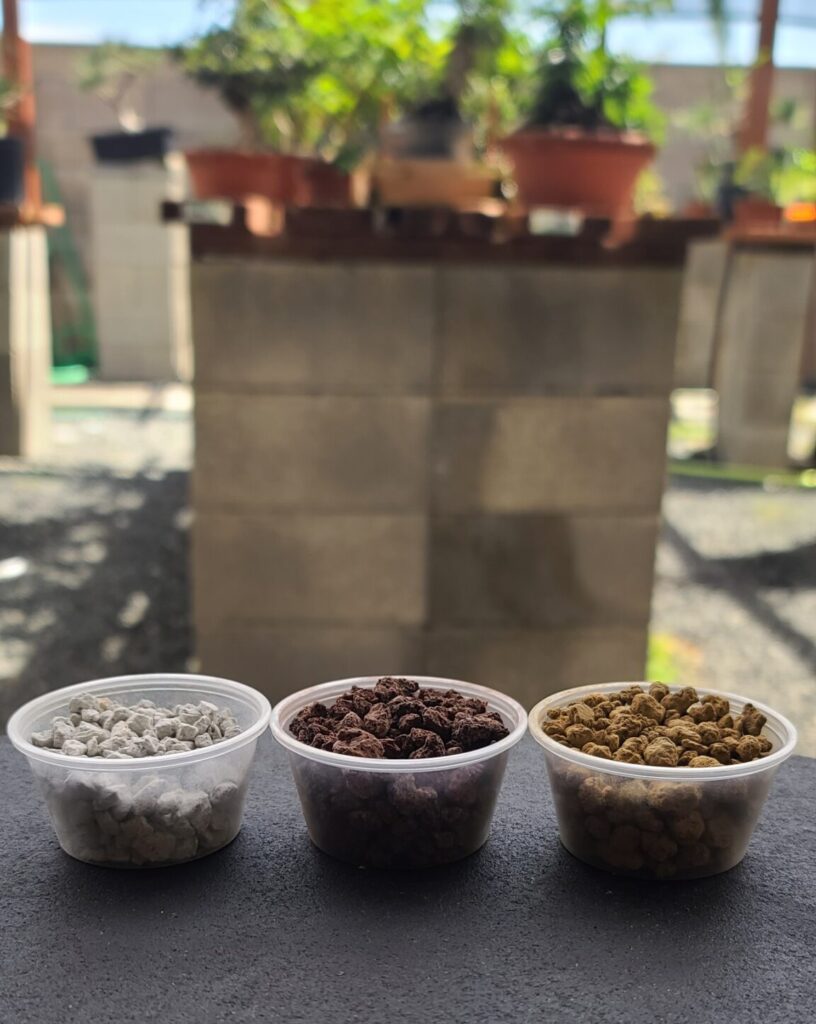
Watering: I’ve provided a comprehensive guide on watering deciduous bonsai on my blog (Watering Deciduous Bonsai Trees). The simplest way to determine when to water your tree is to check the surface of the soil. If you’re using the recommended coarse mixture, dryness on the surface indicates it’s time to water. Trident Maples, like Japanese Maples, are sensitive to water quality. If your water has a TDS reading of around 300+ and you notice blackening of leaf tips, it’s a sign that an RO unit might be necessary (Bonsai Reverse Osmosis Setup Guide).
Pest and Disease: During spring, I generally let my trees grow without applying any sprays unless a specific issue arises.
Grafting and Air Layering: Spring is an opportune time for grafting, with thread grafting being a personal favorite due to its simplicity. Stay tuned for future posts dedicated to these techniques. It’s worth noting that Tridents have a slightly lower success rate in air layering compared to Japanese Maples. Success here refers to achieving perfect roots around the air layer spot. Tridents usually root on one side or may have areas with no roots when air layering. This can be resolved through root grafting, a topic we’ll cover in future blogs.
Pruning and Styling: Pruning can coincide with repotting, or you can perform it just before the tree begins its flush of new growth. To ensure a good momentum and overall health, it’s advisable to let your Trident Maple thrive during the spring.
Defoliation: Around May, consider defoliation as a technique to enhance branch ramification. For this, your tree must be in good health, and the shoots should have hardened off. This means the leaves are a mature hunter green color. For young trees, full defoliation, where all leaves are removed, is an option. More mature or refined trees typically undergo partial defoliation, leaving the inner foliage intact to regain strength and support future growth. We’ll delve into this in greater detail in future blog posts.
Wiring: Wire your tree before the buds flush out, and be sure to check the wire daily to prevent it from biting into the branches.
Summer
Fertilizing: If trunk thickening remains your goal, continue fertilizing as you did in the spring. However, if your tree is in the refinement stage, it’s best to avoid fertilization during summer to prevent the development of large leaves.
Watering: With the onset of summer heat, it’s essential to adjust your watering routine. Refer to the techniques outlined in my blog regarding watering deciduous trees. If you’re away from home during the day, consider fully soaking the tree in the morning and checking it as soon as you return. For the best convenience, consider installing an automatic watering system once you’ve established the optimal watering frequency for your tree.
Pest and Disease: Summer is the season when insects are most active. If necessary, apply pest and disease prevention measures. Malathion serves as an effective pesticide, while Cleary’s 3336 or Daconil can address fungal issues.
Pruning and Styling: Early summer presents an excellent opportunity for trunk chops or heavy cutbacks on your Trident Maple. However, exercise caution and ensure your tree is in robust health before attempting any major pruning. For trees in development, it’s generally best to let them grow during the peak of summer, as Trident Maples tend not to exhibit significant growth during this period.
Defoliation: If your tree is particularly vigorous and healthy, you can consider another round of defoliation during the summer.
Wiring: Wiring is viable during this season, especially if you’ve performed any recent pruning, defoliation or cutbacks. Remember to check daily for any wire that may be biting into the branches.
Fall
Fertilizing: Fall is a critical time for fertilization, as your Trident Maple will soon cease substantial growth. For young trees, it’s advisable to continue fertilizing as usual. However, for trees in refinement, consider using organic fertilizer to provide essential nutrients before dormancy.
Watering: Maintain your watering routine by monitoring the top layer of soil.
Pest and Disease: Similar to summer, apply pest and disease prevention measures as needed. If your tree appears healthy with no signs of trouble, refrain from intervention.
Pruning and Styling: You can prune or perform cutbacks in early fall. However, as mid-fall approaches, it’s generally a good practice to refrain from any major work on deciduous trees, allowing them to prepare for dormancy.
Wiring: It’s advisable to wait until winter before undertaking any wiring projects.
Winter
Watering: Even if the soil seems wet during winter, it’s a good habit to water your deciduous tree once a week to ensure adequate moisture at the core.
Pest and Disease: Winter is the ideal time to employ fungicides such as Lime Sulfur or Copper spray. Stay tuned for our future posts on pesticides and fungicides to gain a more in-depth understanding.
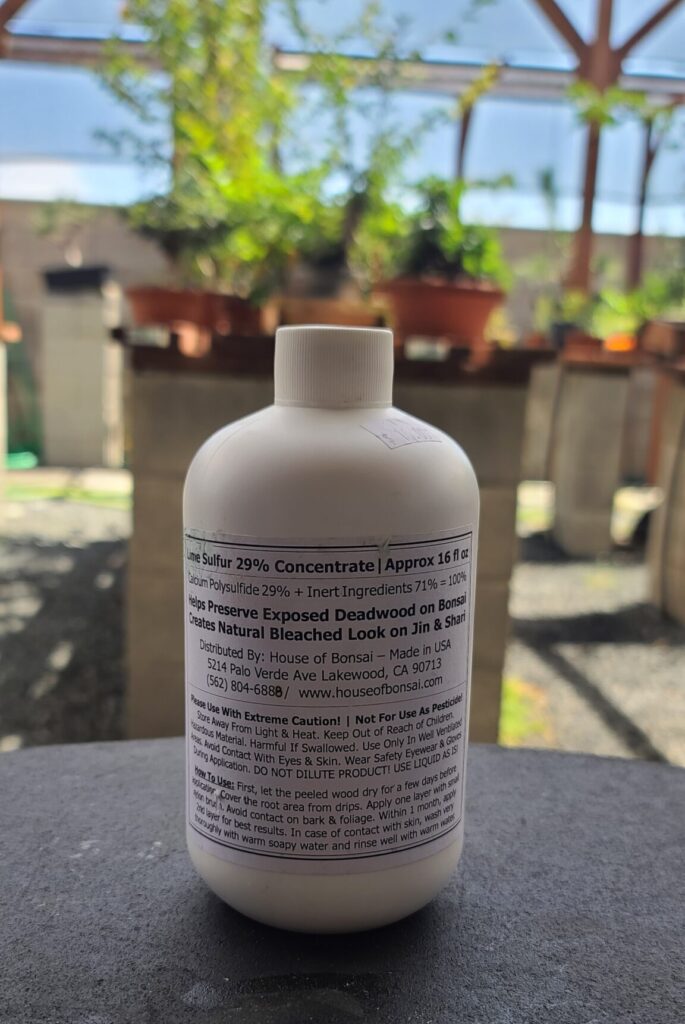
Pruning and Stlying: Winter provides an excellent opportunity for silhouette refinement on well-developed trees. Trim branches to align with your design vision.
Wiring: Utilize the winter months to wire your tree, setting branches in place for the upcoming spring flush of growth.
The End
Thank you for embarking on this bonsai care journey with us. We’ve covered the essential techniques and practices to maintain a healthy and vibrant Trident Maple bonsai throughout the seasons. For further reference, don’t forget to bookmark our bonsai calendar page at Bonsai Calendar
We hope this guide serves as a valuable resource for your bonsai endeavors. Remember, with patience and dedication, your Trident Maple bonsai can become a masterpiece that brings joy and tranquility to your life. Happy bonsai gardening!
